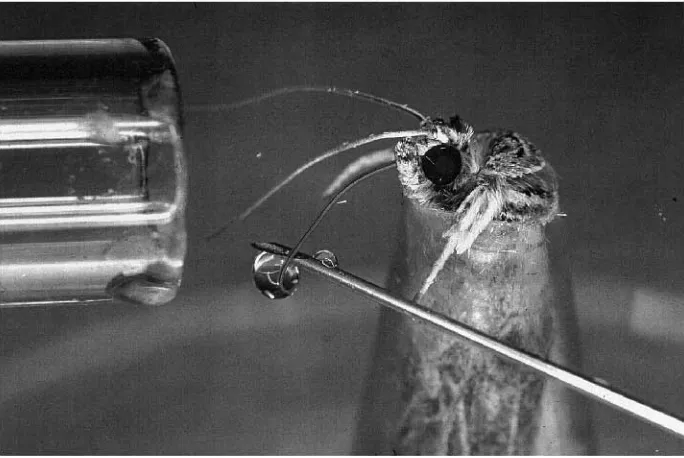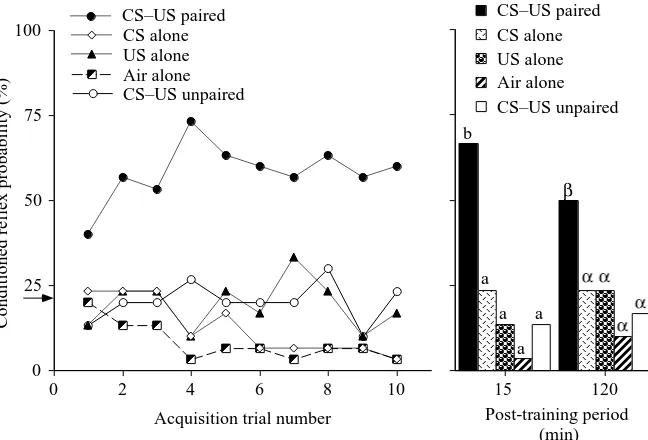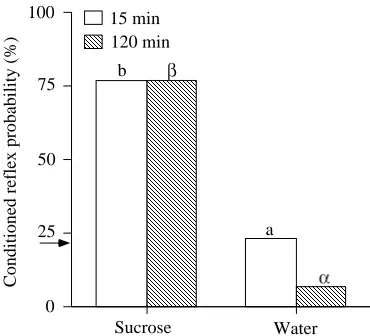Behavioural analysis of olfactory conditioning in the moth spodoptera littoralis (Boisd ) (Lepidoptera: noctuidae)
Full text
Figure



Related documents
IJRAR19K6277 International Journal of Research and Analytical Reviews (IJRAR) www.ijrar.org
Field experiments were conducted at Ebonyi State University Research Farm during 2009 and 2010 farming seasons to evaluate the effect of intercropping maize with
Radio and TV broadcast music related programmes which provide opportunities not just. to listeners but also to the
21 Department of Neurosurgery, Tangdu Hospital, The Second Affiliated hospital of the Fourth Military Medical University, 1 Xinsi Road, Xian, Shanxi Province 710038, People ’ s
The effects of bottleneck size, mating system, marker gene diversity, deleterious genomic mutation parameters, and physical linkage are evaluated.. Bottlenecks transiently generate
In conclusion, this study showed that patients treated with LDX in second-line therapy following treatment with MPH had higher treatment adherence, lower treatment
Experimental systems with excellent beam energy resolution are used at the High. Resolution Laboratory (HRL) at TUNL in order to perform very precise
Data from this study would indicate the ethnic proportions of potential patients of Chinese medical practitioners in 1980 to be 73% Chinese, 17% Malay and 10% Indian, that is, 27%